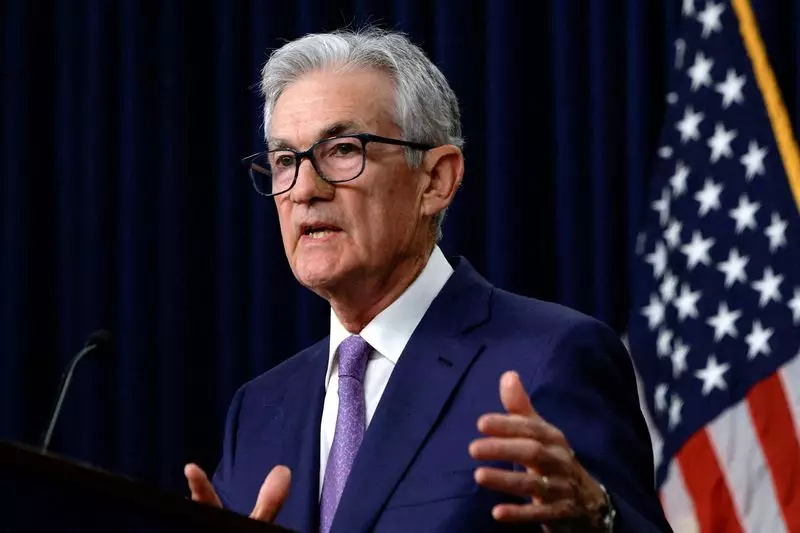In a significant move last week, the Federal Reserve announced a reduction in interest rates by 25 basis points. This decision stirred a wave of speculation regarding its implications for the U.S. economy. At a press conference following the announcement, Chair Jerome Powell emphasized that the economic strategies of the upcoming Trump administration would not immediately affect the Fed’s decisions. This alignment suggests that the Fed is taking a cautious, measured approach in light of the potentially volatile economic landscape created by proposed tax cuts and tariffs.
Powell’s assertion that the Federal Reserve would require time to fully understand the implications of Trump’s agenda highlights the inherent uncertainty policymakers face. Economic conditions can change rapidly, and the true effects of such significant policy shifts typically unfold slowly. The Fed is tasked with balancing monetary policy to foster economic stability while projecting far into the future, a challenge that becomes increasingly complex as new administrations come into power.
Looking back to December 2016, analysts at Deutsche Bank have drawn parallels between that time and the current economic climate. This earlier meeting occurred shortly after Trump was elected and featured extensive discussions regarding fiscal policy changes anticipated under his leadership. During this gathering, there was a palpable sense of optimism among Fed officials about a potential expansionary fiscal approach, which could spur economic growth.
However, this optimism was tempered by considerable uncertainty about the specific nature and timing of the proposed policies. It is telling that although Fed officials began factoring expected changes into their rate projections, half remained reticent, as the overall economic picture was still unclear. Historically, such indecision has foreshadowed a cautious approach to adjustment in interest rate policy.
The question of how Trump’s economic proposals will affect inflation rates remains a major concern for the Federal Reserve. As economists examine the potential for increased tariffs, speculation suggests that these could lead to higher prices for consumers. In such circumstances, the Fed may find itself compelled to reconsider its initial forecasts for interest rates. If inflation begins to rise significantly due to these policies, the Fed might resort to tightening monetary policy sooner than it had planned.
Market volatility may increase as stakeholders grapple with these uncertainties, leading to potential tension between the Federal Reserve and the Trump administration. As reported by various financial analysts, this potential discord could create an environment where independent decision-making by the Fed is increasingly scrutinized.
The relationship between federal economic policymakers and the Trump administration is destined to be a focal point of discussion in the coming months. Powell has stated unequivocally that he has no intention of resigning if pressured by Trump, indicating a firm stance regarding the autonomy of the Fed. This attitude toward independence is critical, particularly in maintaining the credibility of monetary policy amid political changes.
While Trump has publicly indicated he would allow Powell to serve out his term, mixed opinions among his advisors on the matter remain a source of tension. The potential for a shift in the Fed’s personnel landscape poses risks not only to U.S. economic stability but also to the overarching goal of managing inflation without causing widespread economic disruption.
As the year progresses towards its conclusion, the Federal Reserve faces considerable challenges in charting a course through uncertain economic waters. Powell’s careful navigation through the intersection of fiscal policy and interest rates will be crucial. The Fed’s decisions must not only reflect current economic conditions but anticipate the longer-term impacts of forthcoming policy changes that may foster growth or prompt inflation. In this complex economic environment, vigilance, and adaptability will be key for the Fed as it seeks to maintain balance and promote economic stability in the face of potential turbulence created by a new administration.

